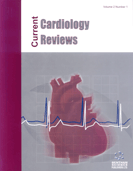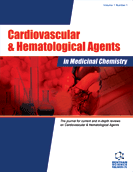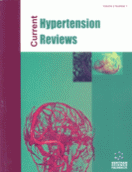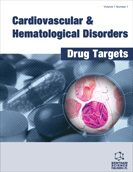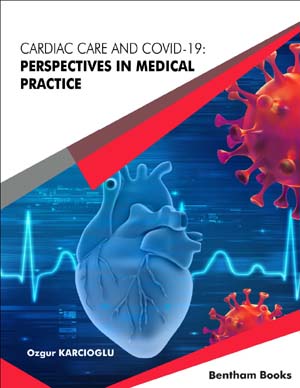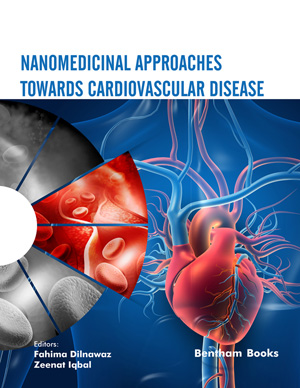Abstract
Monitoring of Cardiac Output (CO) is of paramount importance in the critical patient. Established methods used to measure CO, such as oxygen Fick approach and thermodilution, are invasive and do not allow continuous monitoring. In addition, they are not reliable in the hemodynamically instable patient and suffer several technical drawbacks. Alternative methods are available, such as the Pulse Contour Method, but are dependent upon external calibration to evaluate cardiac activity. Recently, the Pressure Recording Analytical Method (PRAM) has been developed: it allows a more complete and detailed analysis of pressure morphology and "beat-to-beat" measurement of the stroke volume (SV) without external calibration. The basic principle of PRAM algorithm is the ability of detecting interactions between the cardiac and circulatory system, and therefore of calculating a new parameter, describing the work expenditure of cardiovascular system strictly correlated to SV, the Cardiac Cycle Efficiency (CCE). PRAM is becoming a promising alternative to traditional techniques, and may expand the potential applications of hemodynamic monitoring in clinical practice.
Keywords: pulse contour method (PCM), Cardiac Cycle Efficiency (CCE), accelerated idioventricular rhythm (AIR), thermodilution, aortic pressure
Current Cardiology Reviews
Title: Minimally Invasive and Noninvasive Hemodynamic Monitoring of the Cardiovascular System: Available Options and Future Perspectives
Volume: 2 Issue: 1
Author(s): Salvatore M. Romano, Iacopo Olivotto, Marco Chiostri, Cristina Giglioli, Massimo Margheri and Gian F. Gensini
Affiliation:
Keywords: pulse contour method (PCM), Cardiac Cycle Efficiency (CCE), accelerated idioventricular rhythm (AIR), thermodilution, aortic pressure
Abstract: Monitoring of Cardiac Output (CO) is of paramount importance in the critical patient. Established methods used to measure CO, such as oxygen Fick approach and thermodilution, are invasive and do not allow continuous monitoring. In addition, they are not reliable in the hemodynamically instable patient and suffer several technical drawbacks. Alternative methods are available, such as the Pulse Contour Method, but are dependent upon external calibration to evaluate cardiac activity. Recently, the Pressure Recording Analytical Method (PRAM) has been developed: it allows a more complete and detailed analysis of pressure morphology and "beat-to-beat" measurement of the stroke volume (SV) without external calibration. The basic principle of PRAM algorithm is the ability of detecting interactions between the cardiac and circulatory system, and therefore of calculating a new parameter, describing the work expenditure of cardiovascular system strictly correlated to SV, the Cardiac Cycle Efficiency (CCE). PRAM is becoming a promising alternative to traditional techniques, and may expand the potential applications of hemodynamic monitoring in clinical practice.
Export Options
About this article
Cite this article as:
Romano M. Salvatore, Olivotto Iacopo, Chiostri Marco, Giglioli Cristina, Margheri Massimo and Gensini F. Gian, Minimally Invasive and Noninvasive Hemodynamic Monitoring of the Cardiovascular System: Available Options and Future Perspectives, Current Cardiology Reviews 2006; 2 (1) . https://dx.doi.org/10.2174/157340306775515308
| DOI https://dx.doi.org/10.2174/157340306775515308 |
Print ISSN 1573-403X |
| Publisher Name Bentham Science Publisher |
Online ISSN 1875-6557 |
 16
16
- Author Guidelines
- Bentham Author Support Services (BASS)
- Graphical Abstracts
- Fabricating and Stating False Information
- Research Misconduct
- Post Publication Discussions and Corrections
- Publishing Ethics and Rectitude
- Increase Visibility of Your Article
- Archiving Policies
- Peer Review Workflow
- Order Your Article Before Print
- Promote Your Article
- Manuscript Transfer Facility
- Editorial Policies
- Allegations from Whistleblowers
- Announcements
Related Articles
-
APE1/Ref-1Role in Redox Signaling: Translational Applications of Targeting the Redox Function of the DNA Repair/Redox Protein APE1/Ref-1
Current Molecular Pharmacology A Magnetic Resonance Spectroscopy Study of Lovastatin for Treating Bipolar Mood Disorder: A 4-Week Randomized Double-Blind, Placebo- Controlled Clinical Trial
Recent Patents on Inflammation & Allergy Drug Discovery Anemia and Chronic Kidney Disease: Making Sense of the Recent Trials
Reviews on Recent Clinical Trials Novel PET Tracers in the Management of Cardiac Sarcoidosis
Current Radiopharmaceuticals Good, Bad, Mobile Elements: Genome’s Most Successful “Parasites” as Emerging Players in Cell and Organismal Aging
Current Pharmaceutical Design Loneliness and Social Isolation: Determinants of Cardiovascular Outcomes
Current Cardiology Reviews The Effect of Borage (Echium amoenum) on the Mouse Heart and Hematology Parameters
Cardiovascular & Hematological Disorders-Drug Targets Beta-Blockers are Associated with Decreased In-Hospital Mortality and Stroke in Acute Decompensated Heart Failure: Findings from a Retrospective Analysis of a 22-Year Registry in the Middle East (1991-2013)
Current Vascular Pharmacology Cardiovascular and Hematological Medicine in 2018 – Advances and Insights
Cardiovascular & Hematological Agents in Medicinal Chemistry Stem Cell Ageing and Apoptosis
Current Pharmaceutical Design MicroRNA: Implications for Alzheimer Disease and other Human CNS Disorders
Current Genomics Common Comorbidities that Alter Heart Failure Prognosis - Shaping New Thinking for Practice
Current Cardiology Reviews Anti-Inflammatory Treatments for Chronic Diseases: A Review
Inflammation & Allergy - Drug Targets (Discontinued) Editorial (Thematic Issue: Mitochondrial and Metabolism: Novel Targets for Heart Failure)
Current Pharmaceutical Design New Insights into the Surgical Management of Tetralogy of Fallot: Physiological Fundamentals and Clinical Relevance
Current Pediatric Reviews Controversial Effects of Non-Steroidal Anti-Inflammatory Drugs on Bone: A Review
Inflammation & Allergy - Drug Targets (Discontinued) Endothelial Dysfunction in Diabetes: From Mechanisms to Therapeutic Targets
Current Medicinal Chemistry Organoselenium Compounds as Potential Therapeutic and Chemopreventive Agents: A Review
Current Medicinal Chemistry Patent Selections:
Recent Patents on Cardiovascular Drug Discovery Insulin Treatment and Weight Gain in Type 2 Diabetes: Is Our Knowledge Complete?
Current Nutrition & Food Science


